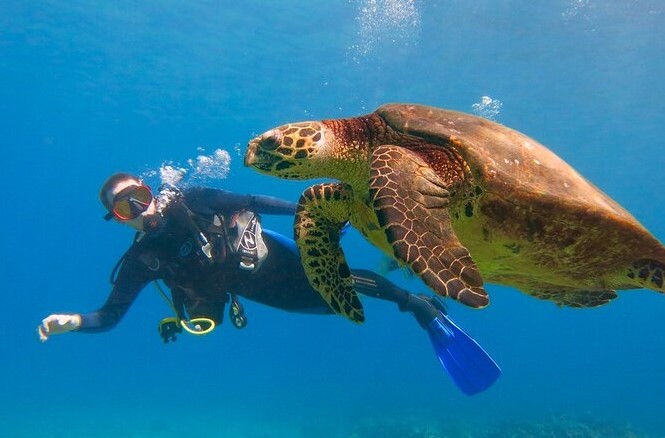Introduction:
Scuba diving, a realm of underwater exploration, has witnessed a transformative shift with the integration of carbon fiber composite cylinders. This article navigates the scientific nuances surrounding their adoption, focusing on critical aspects that redefine the diving experience.
Extended Dive Times:
The lightweight nature of carbon fiber composite cylinders significantly influences dive planning. Through meticulous analysis of buoyancy and weight considerations, these cylinders offer implications for extended dive times, providing divers with enhanced underwater exploration opportunities.
Temperature and Pressure Resilience:
Diving into the depths demands equipment resilience. We delve into the scientific dimensions of how carbon fiber composite cylinders showcase unparalleled resilience under varying temperatures and pressures, ensuring reliability in the dynamic and challenging conditions experienced in different underwater depths.
Comparative Analysis:
A comprehensive comparative analysis unravels the advantages and disadvantages of carbon fiber composite cylinders versus traditional dive tanks. Through empirical examination, we decipher the impact on diver maneuverability, gas storage efficiency, and overall safety, contributing valuable insights for diving professionals.
Innovations in Equipment Design:
The adoption of carbon fiber composite cylinders sparks innovations in diving equipment design. Scientifically scrutinizing these advancements sheds light on how they contribute to diver safety and comfort, outlining the evolutionary trajectory of scuba gear.
Customization for Diver Preferences:
Understanding the diverse needs of individual divers is crucial. We explore the potential for customization of carbon fiber composite cylinders, scientifically addressing factors such as size, weight, and gas mixture compatibility. This facet brings forth a tailored approach to cater to the specific preferences of divers.
Hydrostatic Testing and Certification Standards:
The heart of safety in scuba diving lies in adhering to rigorous testing and certification standards. Our exploration delves into the scientific intricacies of hydrostatic testing procedures, ensuring a meticulous understanding of compliance with industry safety regulations.
Underwater Navigation and Maneuverability:
Reduced weight translates to enhanced maneuverability. By dissecting the scientific impact, we unravel how the lightweight nature of carbon fiber composite cylinders positively influences underwater navigation, contributing to a more agile and streamlined diving experience.
Environmental Impact:
Beyond functionality, we scrutinize the environmental impact of carbon fiber composite cylinders. By scientifically assessing manufacturing processes and end-of-life disposal, we offer insights into their sustainability, contributing to the discourse on environmentally conscious diving practices.
Conclusion:
In the scientific journey of adopting carbon fiber composite cylinders in scuba diving, each aspect converges to redefine the dynamics of underwater exploration. From extended dive times to environmentally conscious practices, this article serves as a comprehensive exploration of the scientific underpinnings propelling the evolution of diving sports and marine work
Post time: Nov-24-2023

